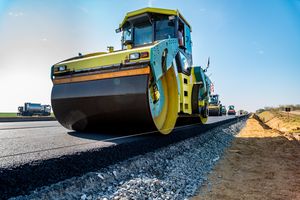KANBrief 2/23

The new European Machinery Regulation has been finalized. What are the principal changes and transition periods?
The regulation was approved by the European Parliament on 18 April 2023 and the European Council on 22 May. The Machinery Regulation is now expected to be published in the Official Journal of the European Union in June of this year and to enter into force 20 days later. However, its application will not become mandatory for economic operators until 42 months after its entry into force. Until then, the current Machinery Directive 2006/42/EC must continue to be applied.
In Germany, a national implementing act for the Machinery Regulation is pending and in progress. This act will include provisions governing the official language and penalties for violation of the Regulation.
The European Machinery Regulation consists of 52 articles of the regulation itself and ten applicable annexes. On the one hand, the procedures affecting the Member States and the Commission have been brought into line with the “New Legislative Framework”. Furthermore, the procedures by which the economic operators attain conformity are set out in great detail and conclusively.
At the same time, technical content has been tightened up and adapted. In addition to articles being structured more comprehensibly, the subdivision of the new Annex I governing machines presenting a serious inherent potential risk is worthy of mention, as is the implementation of the topics of artificial intelligence and cybersecurity. The latter are covered by the Machinery Regulation itself, which can be applied directly to them without reference to further legal acts.
The annexes have been re-ordered. The present Annex I, containing essential health and safety requirements, becomes Annex III. The present Annex IV, containing a list of machinery and products for which third-party certification is mandatory, becomes Annex I.
In summary, the essence of the new European Machinery Regulation may be considered a positive achievement and as well integrated into current EU legislation. Further discussions will be needed to determine whether the aspects incorporated into the regulation prove effective in practice and implementation is unequivocally successful.
Christoph Preuße, Spokesperson of the DGUV Machinery safety working group
German Social Accident Insurance Institution for the woodworking and metalworking industries
c.preusse@bghm.de